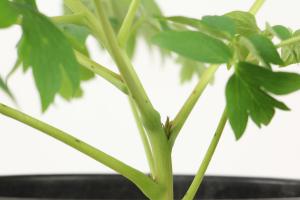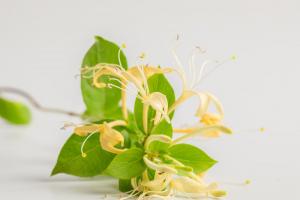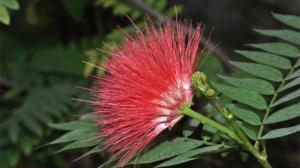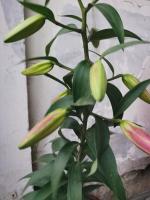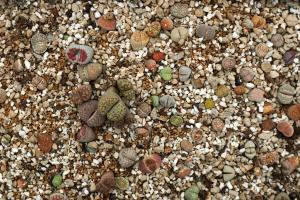How Far Apart to Plant Honey Locust Trees
Honey locust trees are known for their beautiful foliage and strong, durable wood. They can grow in a wide range of climate conditions and soil types, making them a popular choice for home gardeners and landscapers. But one of the most important considerations when planting honey locusts is how far apart to space them. In this article, we will explore some common guidelines for spacing honey locust trees.
Consider the Mature Size of Honey Locust Trees
Before deciding how far apart to plant honey locust trees, it is important to consider their mature size. Honey locusts can grow up to 100 feet tall and up to 70 feet wide, with a broad canopy of leaves. When planting honey locusts, it is important to give them enough space to grow to their full size without crowding or competing with other trees or structures in the area.
Spacing Guidelines for Planting Honey Locust Trees
The spacing guidelines for planting honey locust trees can vary depending on several factors, including the species of honey locust, the type of soil, the climate conditions, and the purpose of the planting. Some general guidelines for spacing honey locusts include:
For a single honey locust tree, plant it at least 20-30 feet away from other trees, structures, or power lines.
For a honey locust hedge, plant trees 6-10 feet apart.
For a honey locust windbreak, plant trees 5-8 feet apart.
For a honey locust shade tree, plant it at least 40-50 feet away from other trees or structures to allow for its broad canopy.
These are just general guidelines, and it is important to consult with a professional landscaper or arborist for specific recommendations based on the unique factors of your planting site.
Caring for Your Honey Locust Trees
Once you have planted your honey locust trees, it is important to take care of them to ensure their health and longevity. Some tips for caring for your honey locusts include:
Water your trees regularly, especially during dry periods.
Fertilize your trees once or twice a year with a balanced tree fertilizer.
Prune your trees annually to remove dead or diseased branches and to shape the tree as it grows.
Protect your trees from pests and diseases by keeping the area around the tree clean and avoiding damage to the trunk or branches.
With proper care and attention, your honey locust trees can provide beauty, shade, and value to your landscape for years to come.
Conclusion
When planting honey locust trees, it is important to consider their mature size and spacing requirements. By following some general guidelines and consulting with a professional, you can ensure that your honey locust trees grow to their full potential and provide beauty and value to your landscape.

 how many times do yo...
how many times do yo... how many planted tre...
how many planted tre... how many pine trees ...
how many pine trees ... how many pecan trees...
how many pecan trees... how many plants comp...
how many plants comp... how many plants can ...
how many plants can ... how many plants and ...
how many plants and ... how many pepper plan...
how many pepper plan...